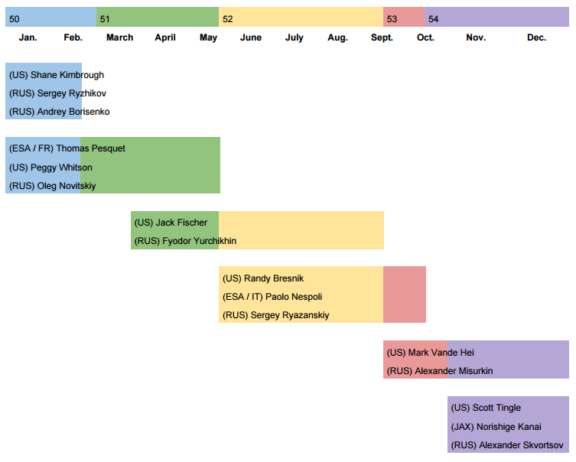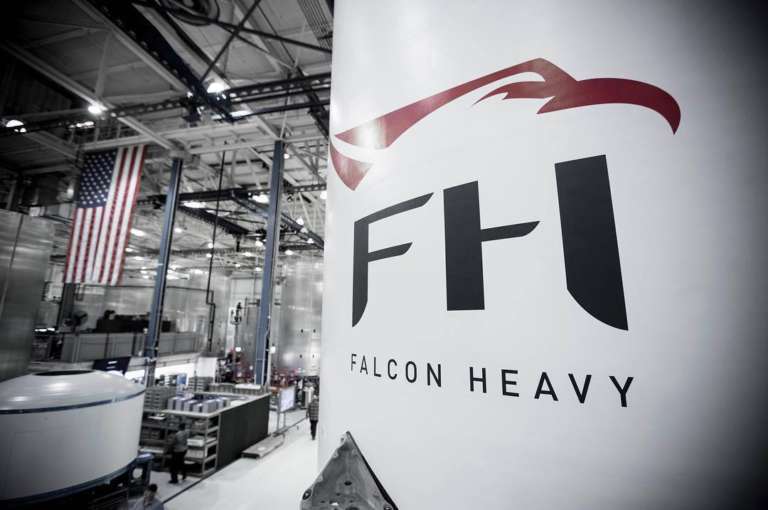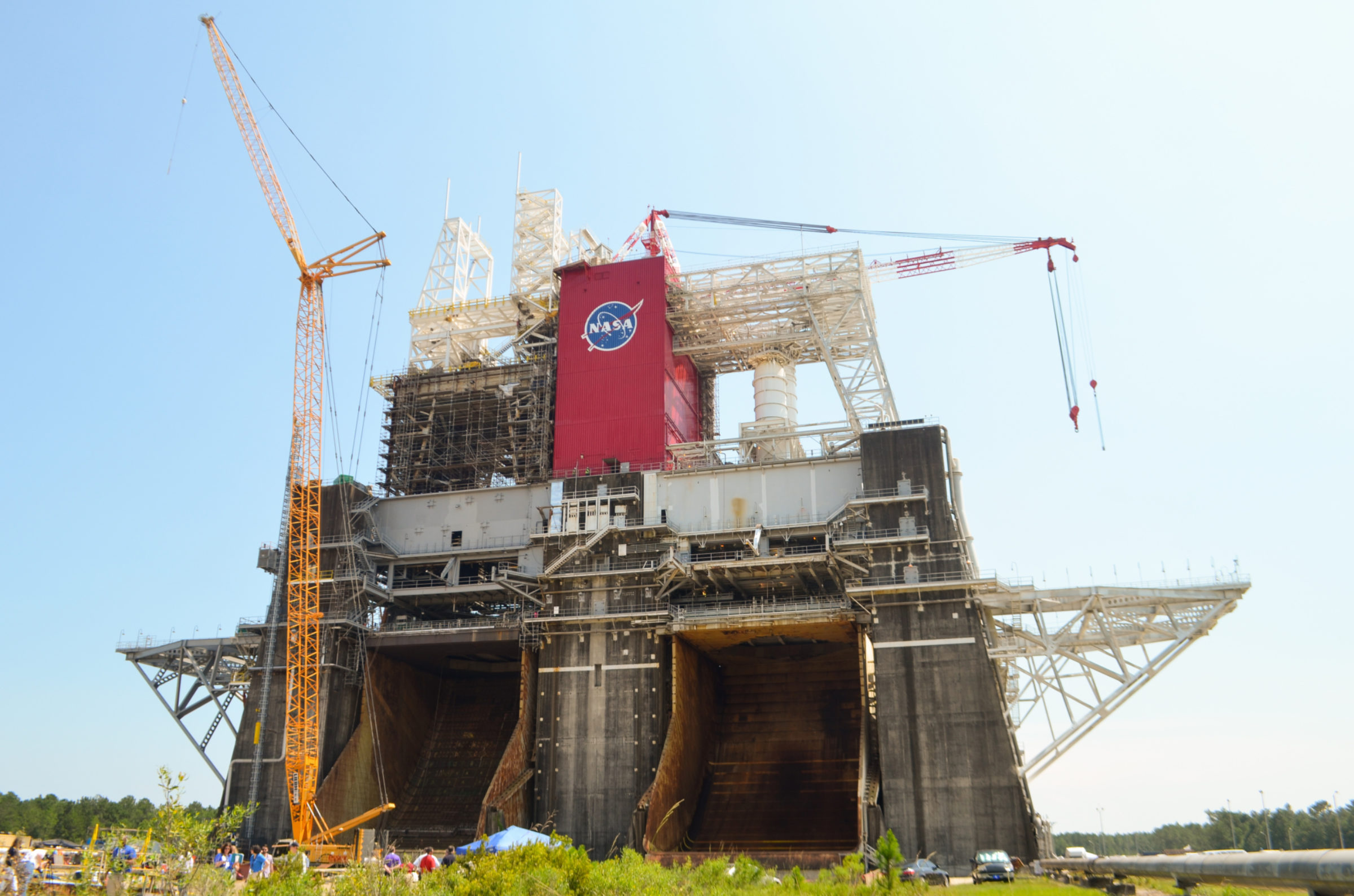Jason Davis • Dec 29, 2016
Spaceflight in 2017, part 1: Earth-centric edition
Welcome to the first half of The Planetary Society's look-ahead at the coming year in spaceflight! I'll be talking about Earth-centric highlights today, and Emily will post about robotic solar system missions tomorrow.
But before we get started, I have to note Emily gets the honor of talking about what would be at the top of my list if I were writing both parts of this series. Let's check Twitter to see if it's still happening:
Only 261 days until the Cassini mission ends :( :( :(
— Cassini Noooo (@CassiniNooo) December 28, 2016
NOOOOOOOOOOO Cassini can't be ending
— Cassini Noooo (@CassiniNooo) December 27, 2016
Yep, Cassini's 12-year stint at Saturn is still scheduled to end in 2017. And while that's a bummer—Jupiter will be the only outer planet left with a robotic probe—I can't wait to see what Saturn's rings look like from the inside facing out, after Cassini dives closer to the planet than ever before.
Anyway, on to 2017 space news that I'll be watching in my reporting domain.
International Space Station
There are five ISS crew expeditions scheduled for 2017, consisting of 16 astronauts from four space agencies. Seven crew members will be from Roscosmos, six come from NASA, two from ESA and one from JAXA. Russia recently announced they were lowering their crew complement from three to two; that change goes into effect in March. This, combined with the loss of a Progress cargo ship, and uncertainty surrounding SpaceX's return-to-flight plans, makes the ISS schedule a bit fluid.
I compiled the Expeditions chart below from multiple sources; things seem to get fuzzy in the second half of the year and I had to estimate a little.

I also compiled a fresh Twitter list of all the astronauts who will be in space during 2017. All NASA, ESA and JAXA astronauts are accounted for, but none of the cosmonauts seem to be on Twitter.
LightSail 2 and SpaceX
LightSail 2 and its partner spacecraft, Prox-1, have a spot reserved on the second flight of SpaceX's Falcon Heavy, which will be carrying the STP-2 payload for the U.S. Air Force. The Heavy won't debut until at least the middle of the year, after the Falcon 9 gets up and running again, and our most optimistic launch date for LightSail is Fall 2017.
We'll soon be integrating LightSail 2 into Prox-1 at the Air Force Research Laboratory in Albequerque, New Mexico. It should be a lot of fun watching the two SmallSats come together for the first time.
While we're on the subject of SpaceX, the latest NASA commercial crew schedule shows the company's new Crew Dragon going on its first uncrewed test flight this year. SpaceX and Boeing crewed flights have slipped to 2018, but we still might get to see the enhanced Dragon in action.

International space news
India is aiming to debut its new GSLV Mark III rocket in January. The Mark III had a successful test flight in 2014, and now it's almost ready for regular service. India refers to the Mark III as a heavy class rocket, though by worldwide standards, it's still pretty light-lift: 8 metric tons to low-Earth orbit.
China is set to perform an uncrewed, on-orbit fueling demonstration of its Tiangong-2 space station in April. This is a final, critial milestone before the country starts building its multi-module station in 2018.
Goodbye, Delta II
This year will likely see the final two launches of United Launch Alliance's iconic, Delta II rocket. Its final missions from Vandenberg Air Force Base are the JPSS-1 and ICESat 2 satellites in the second half of 2017. The Delta II has been in service since 1989, but has gradually been supplanted by the Delta IV and Atlas V.

SLS / Orion
This is a big year for SLS and Orion, which are still working toward a 2018 test flight to lunar orbit. According to a recent milestone schedule presented at a NASA advisory committee meeting, the SLS core stage green run at Stennis Space Center is still on track for December 2017. For that to happen, the hydrogen and oxygen tanks must be joined, and the vehicle's four RS-25 engines need to be installed. The completed core stage will ship by barge to Stennis, where it will be mounted in the center's refurbished B-2 test stand for an all-up engine test.
That'll be quite a sight—I plan to be there for the big event.

Also in 2017, the Orion command and service modules should be joined together and shipped to Plum Brook Station in Ohio for thermal vaccum chamber testing.
In the meantime, the big rocket's dual boosters should be completed and shipped to Kennedy Space Center, where most of the ground systems should be ready for integration testing in 2018.


 Explore Worlds
Explore Worlds Find Life
Find Life Defend Earth
Defend Earth

